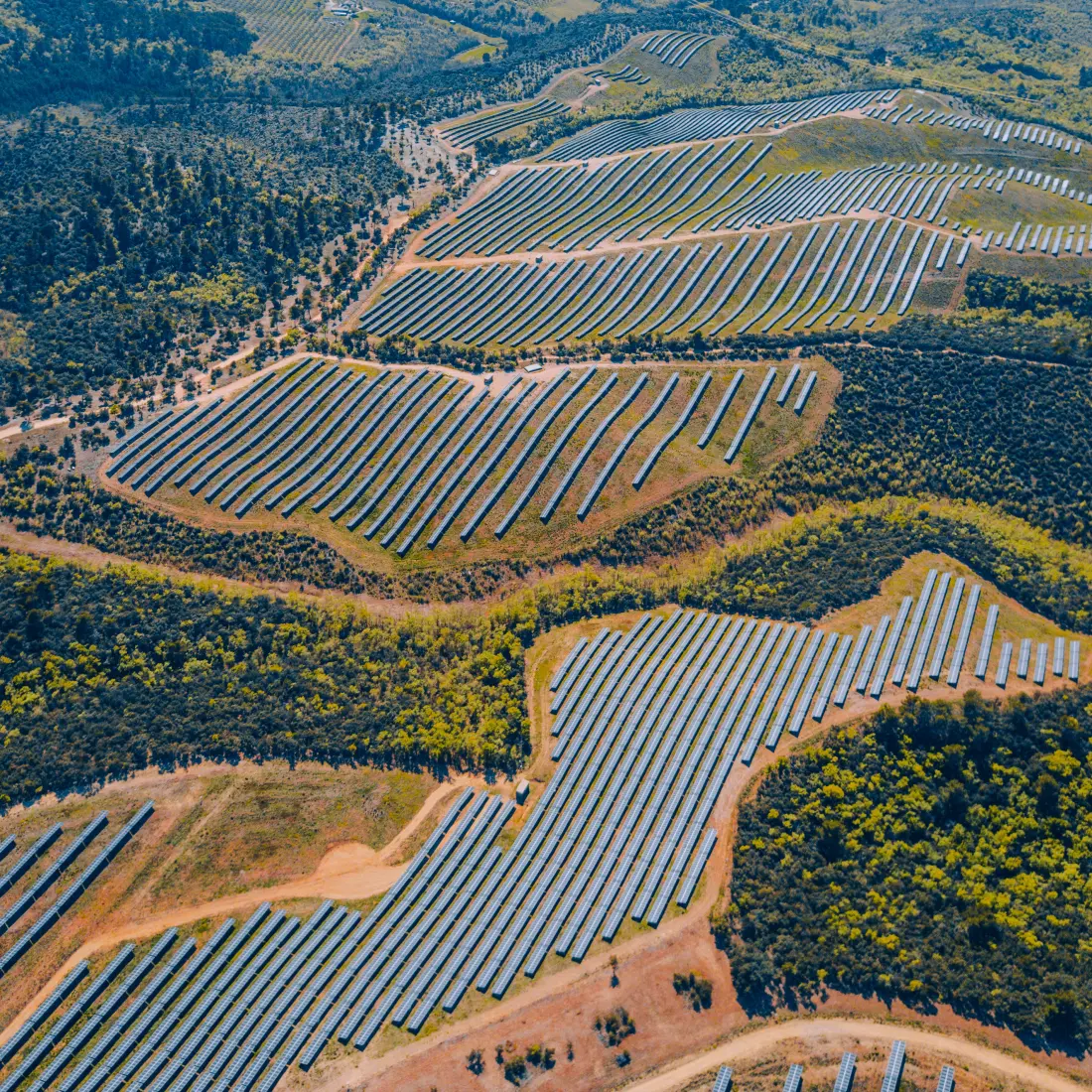Harnessing brownfields for solar projects: discovering new solar opportunities with PVcase Prospect


Previously, we spotlighted the basic definitions for energy communities, including brownfields.
While coal closure census tracts and MSA/non-MSA energy communities have taken center stage, brownfields are no less important. With $1.5 billion in funding under the Bipartisan Infrastructure Law (the largest investment ever in brownfield communities) and incentives under the Inflation Reduction Act, they are worth a closer look.
5 reasons to invest in brownfields
Increases local tax bases
Facilitates job growth
Utilizes existing infrastructure
Takes development pressures off of greenspaces and working lands
Improves and protects the environment
The EPA emphasizes the significant impact of brownfield revitalization on local communities, noting projects that leveraged $19.78 per EPA dollar expended and generated over 183,817 jobs. Additionally, brownfield revitalization can boost residential property values by 5%-15.2% upon cleanup completion.
There are numerous programs relevant to brownfields, but this article will focus on two key pieces of recent legislation: The Bipartisan Infrastructure Law and the Inflation Reduction Act.
Bipartisan Infrastructure Law
This law's $1.5 billion investment is broken down into:
$1.2 billion in Project Grants
$300 million to state and tribal response programs
Among the 48 infrastructure programs for brownfields, 10 are brand-new, while the remaining 38 have expanded with these funds. The EPA’s Federal Programs Guide offers a comprehensive overview of these programs and their funding.
Inflation Reduction Act
This act introduces the Energy Community Tax Credit bonus, which provides up to 10% (for production tax credits) or 10 percentage points (for investment tax credits). It's essential to differentiate between the "energy communities" brownfield definition for the tax credit and the one used for federal brownfields funding eligibility.
Brownfield Definition
As defined in 42 U.S.C. § 9601(39)(A), a brownfield site refers to real property potentially complicated by hazardous substances or contaminants. The specific categories and their eligibility are detailed, with examples like arsenic, asbestos, and VOCs being eligible, while others like the National Priorities List (Superfund) are not.

In June 2023, the IRS specified that a brownfield encompasses the entire real property parcel.
Where to find brownfield maps?
While no comprehensive map exists, the EPA offers two tools: Cleanups in My Community and the RE-Powering Mapper, which identify over 190,000 pre-screened contaminated lands and mine sites for renewable development.
How can I leverage this information in AO?
Use the RE-Powering Mapper layers in AO to filter this dataset in a custom search area on attributes like nearest substation/transmission line voltage and/or potential for solar/wind installation.
Take the next step towards a sustainable energy future
Harness brownfields' potential and stay ahead in the renewable energy sector with PVcase Prospect. Find energy communities and refine your renewable development strategy seamlessly.
Experience how PVcase Prospect can revolutionize your renewable development approach. Dive deep into energy communities, explore brownfield opportunities, and set your projects on the path to unparalleled success. Book your demo now!